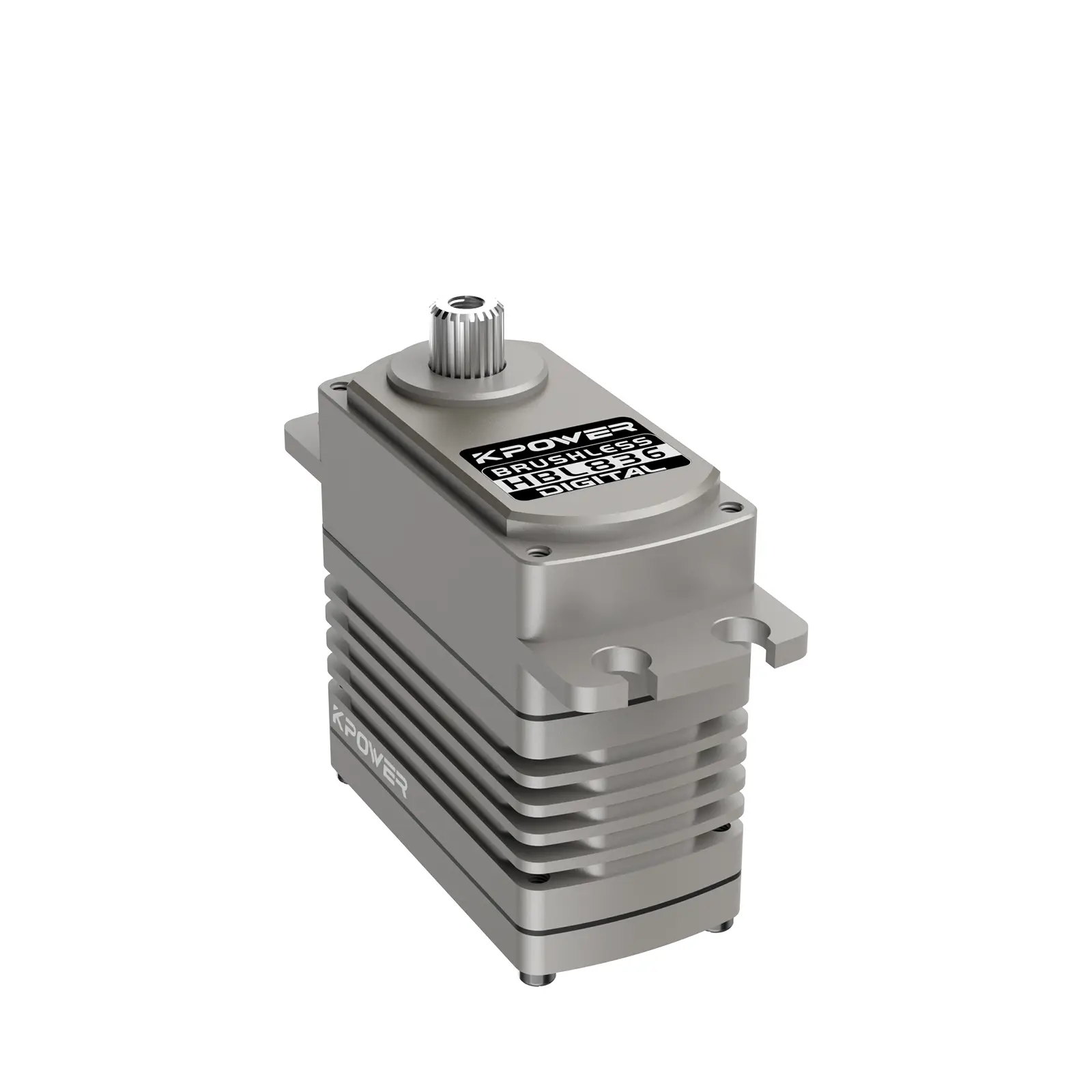Imagine plugging in a servo motor, and suddenly everything works seamlessly—precise movements, smooth operation, zero hiccups. That’s where wiring comes into play, the silent hero behind the scenes. It’s not just about connecting wires; it’s about creating a reliable, efficient link that makes your project run like clockwork.

The wiring of a servo motor might seem simple at first glance—power, ground, signal—but once you dig in, you see how crucial proper connections are. Screw terminals, soldering, crimp connectors—each method has its own charm and pitfalls. Reliability depends on choosing the right method for your environment. For example, tight, vibration-prone settings demand solid solder joints, while quick swaps might favor clip connectors.
Ever wondered why some setups seem to work perfectly, while others flicker or stall? The culprit is often wiring. Loose connections, too thin wires, or mistaken polarity—these issues turn a smooth project into a headache. Precision in wiring isn’t just a technicality; it’s about ensuring your motor gets the right voltage and signal every time, avoiding overloads or lag.
Now, let's talk about the signals. Unlike basic DC motors, servos need a carefully timed PWM (Pulse Width Modulation) signal. The wiring must be designed to minimize noise and interference, which can corrupt the signal. Shielded cables or twisted wires can make a huge difference. Think of it like shielding your phone conversation from eavesdroppers—it’s about clarity.
Sometimes, folks ask, “Can I modify the wiring for different voltages or configurations?” Absolutely! But it’s key to remember that not all wires are created equal. Use rated cables, follow proper color codes, and double-check your connections. A tiny mistake, like reversing polarity, can burn out the motor or alter its behavior.
Picture this: you open up a device, all wired neatly, no tangled mess—what’s the secret? Consistency. Clear labeling, proper ferrules, making sure everything is insulated. You’ll find that wiring isn’t just functional; it’s also part of the craft. When done correctly, it’s almost satisfying to see the motor spring to life without a hitch.
In the end, wiring a servo motor is less about rote technique and more about understanding the nuances. Think of it as a dance—each wire has a role, and the harmony depends on how well they’re connected. When everything clicks into place, that smooth, predictable movement isn’t just a goal—it’s a reward for paying attention to the details.
Established in 2005, Kpower has been dedicated to a professional compact motion unit manufacturer, headquartered in Dongguan, Guangdong Province, China. Leveraging innovations in modular drive technology, Kpower integrates high-performance motors, precision reducers, and multi-protocol control systems to provide efficient and customized smart drive system solutions. Kpower has delivered professional drive system solutions to over 500 enterprise clients globally with products covering various fields such as Smart Home Systems, Automatic Electronics, Robotics, Precision Agriculture, Drones, and Industrial Automation.




































